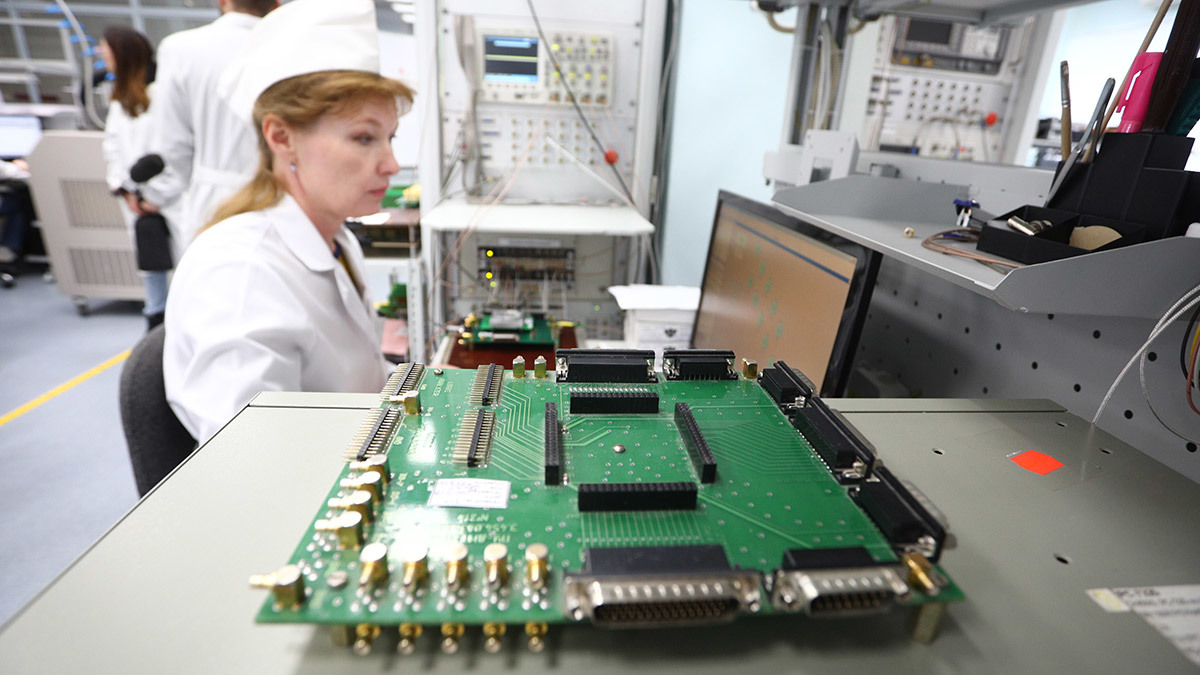In today’s fast-paced electronic industry, the demand for efficient and effective manufacturing solutions has never been higher. As an exporter or importer in the electronics field, understanding the intricacies of turnkey HDI PCB manufacturing explained is crucial for optimizing production and ensuring product quality. This comprehensive guide will delve into the world of HDI PCBs, offering insights into their manufacturing process, benefits, and applications.

What is HDI PCB?
HDI, or High-Density Interconnect, PCBs are a type of printed circuit board that offers higher wiring density per unit area compared to traditional PCB designs. This is achieved through finer lines and spaces, smaller vias, and higher connection pad density. The advent of HDI technology has revolutionized the electronics industry, allowing for the creation of smaller, more powerful devices.
The Importance of Turnkey Solutions in HDI PCB Manufacturing
Turnkey solutions in HDI PCB manufacturing involve a comprehensive service where a single provider oversees the entire production process from design and sourcing to assembly and testing. This approach minimizes the need for multiple vendors, streamlining operations and reducing the potential for errors.
For exporters and importers, turnkey solutions offer significant advantages, including reduced lead times, lower costs, and enhanced quality control. By partnering with a reliable turnkey manufacturer, companies can focus on their core business activities without worrying about the complexities of PCB production.
Understanding the Turnkey HDI PCB Manufacturing Process
1. Design and Prototyping
The first step in the turnkey HDI PCB manufacturing process is design and prototyping. During this phase, engineers create detailed schematics and layouts, ensuring that the final product meets the desired specifications. This step often involves collaboration with the customer to incorporate any specific requirements or modifications.
For more information on the differences between prototyping and mass production, you can visit Electronics Prototyping vs Mass Production.
2. Material Sourcing
Once the design is finalized, the next step is sourcing the necessary materials. Turnkey manufacturers have established relationships with suppliers, ensuring access to high-quality components at competitive prices. This phase is crucial for maintaining the integrity and performance of the HDI PCBs.
To learn more about sourcing, check out Turnkey Procurement.
3. Manufacturing and Assembly
With materials in hand, the manufacturing and assembly phase begins. This involves the precise placement of components onto the PCB, followed by soldering and testing. Advanced machinery and techniques are employed to ensure accuracy and efficiency throughout the process.
4. Quality Control and Testing
Quality control is a critical component of the turnkey HDI PCB manufacturing process. Rigorous testing is conducted to verify that the PCBs meet industry standards and customer requirements. This includes electrical testing, visual inspections, and functional testing.
Discover more about the quality control process at How Turnkey Engineers Support PCB Design.
Benefits of Turnkey HDI PCB Manufacturing
1. Cost-Effectiveness
By consolidating the entire production process under one roof, turnkey HDI PCB manufacturing reduces overhead costs associated with managing multiple suppliers and vendors. This cost-effectiveness is particularly beneficial for exporters and importers looking to maximize their profit margins.
2. Faster Time to Market
Turnkey solutions streamline the production process, resulting in a faster time to market. With shorter lead times, companies can respond more quickly to market demands and stay ahead of the competition.
3. Enhanced Product Quality
The integration of design, sourcing, assembly, and testing under one provider ensures a high level of quality control throughout the manufacturing process. This leads to improved product reliability and performance.
Applications of HDI PCBs
HDI PCBs are used in a wide range of applications, from consumer electronics to military and aerospace technologies. Their compact size and high performance make them ideal for devices such as smartphones, tablets, and wearable technology.
For a deeper dive into the applications of flexible PCBs, consider visiting Turnkey Flexible PCB Manufacturing Services.
Challenges in Turnkey HDI PCB Manufacturing
1. Complexity of Design
The intricate design of HDI PCBs can pose challenges during the manufacturing process. Ensuring that all components are accurately placed and soldered requires advanced machinery and skilled technicians.
2. Material Selection
Choosing the right materials is crucial for the performance and longevity of HDI PCBs. The selection process must consider factors such as thermal conductivity, electrical insulation, and mechanical strength.
Conclusion
Turnkey HDI PCB manufacturing explained offers a comprehensive solution for exporters and importers in the electronics industry. By understanding the benefits and challenges associated with this process, companies can make informed decisions that enhance their production capabilities and competitive advantage.
For more insights into the benefits and limitations of turnkey electronics manufacturing, you can read the article at Promwad: Turnkey Electronics Manufacturing.

FAQ
What is the main advantage of using turnkey HDI PCB manufacturing?
The main advantage is the streamlined process, which reduces costs and time to market while ensuring high-quality products.
How does turnkey manufacturing benefit exporters?
Turnkey manufacturing benefits exporters by simplifying the production process, allowing them to focus on expanding their market reach and increasing sales.
What are the key challenges in HDI PCB manufacturing?
The key challenges include the complexity of design and material selection, which require advanced technology and skilled expertise to overcome.


